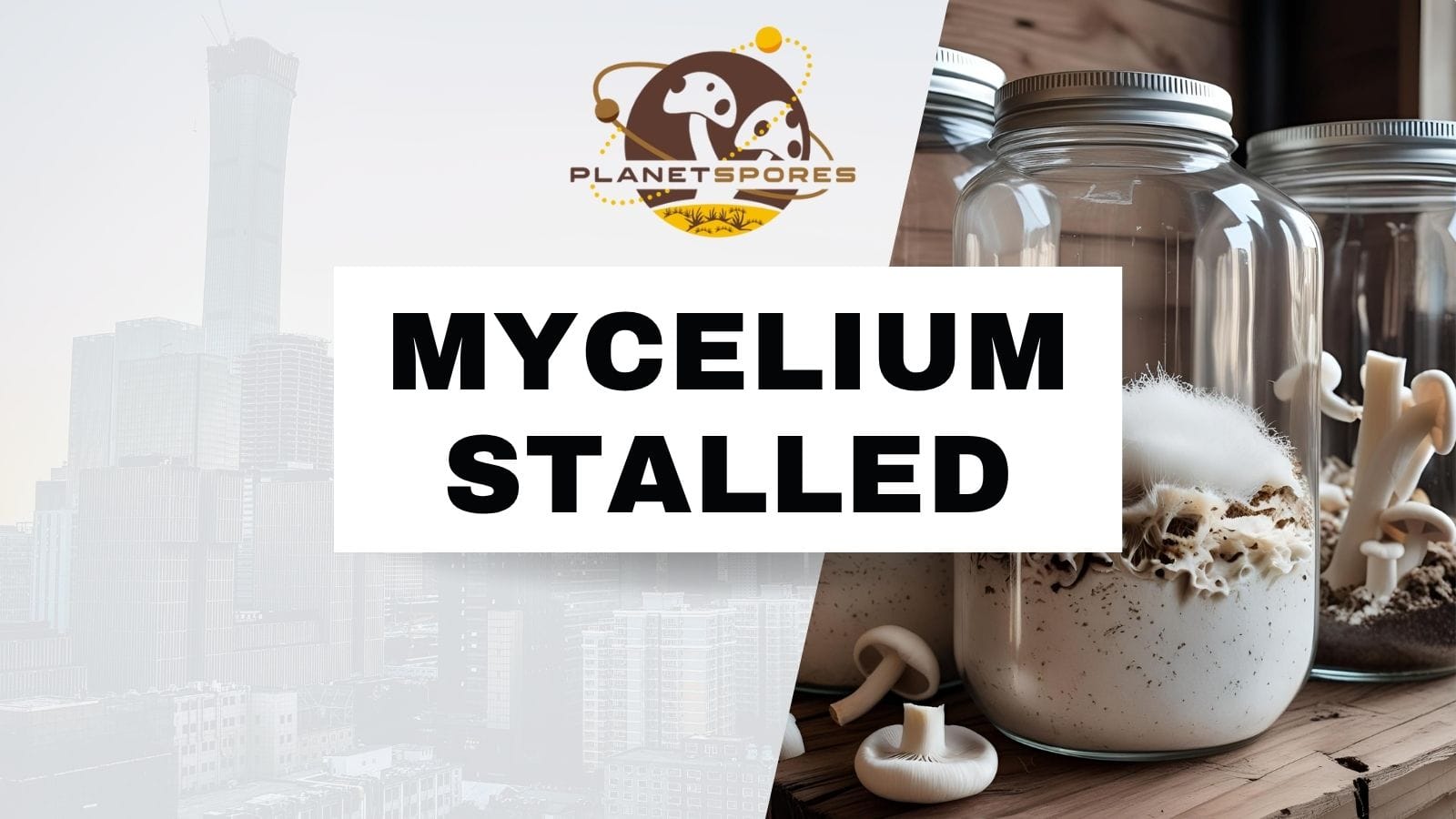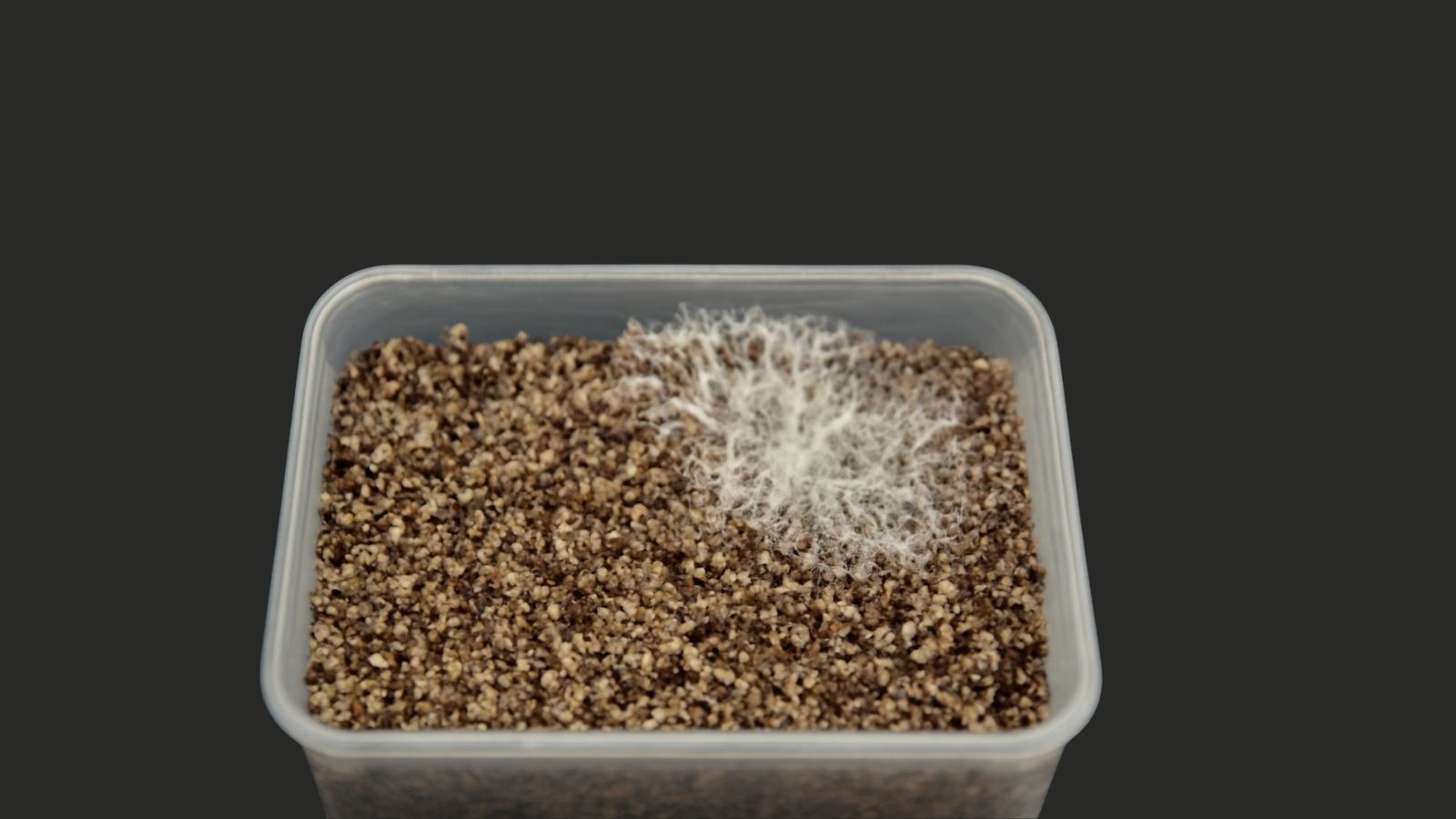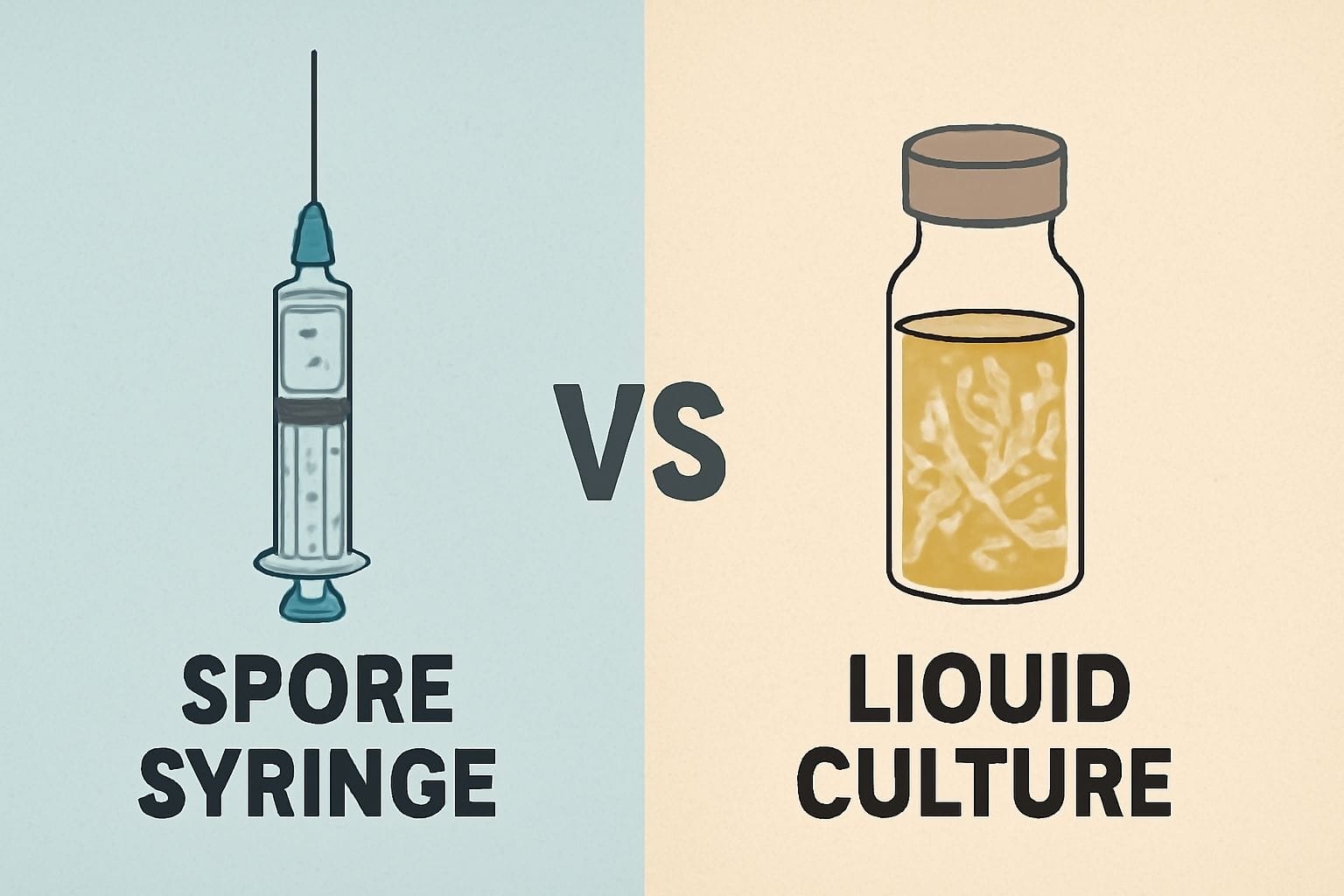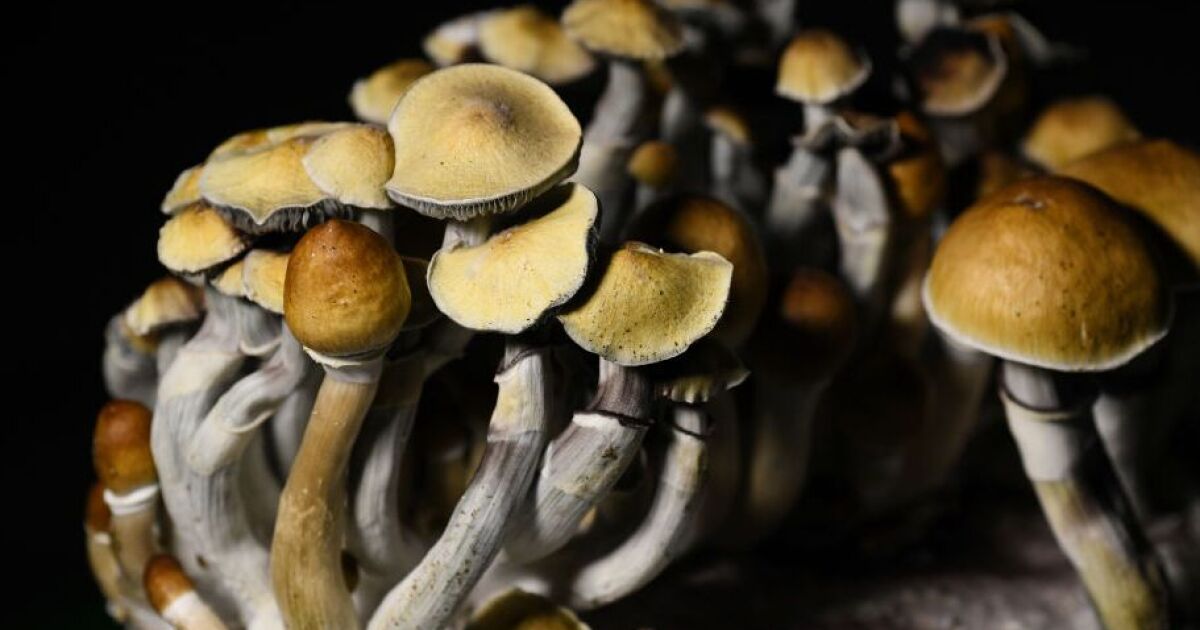

Growing mushrooms can be incredibly rewarding until your mycelium stalls. You’ve inoculated your jars or substrate, and now you’re staring at the same patch of white fuzz (or worse, nothing at all) day after day. If your mycelium is not growing, you’re not alone. One of the most common frustrations in mushroom cultivation is mushroom mycelium stalled, a situation where mycelial growth slows down significantly or stops entirely.
Understanding mycelium growth, its ideal conditions, and what might be going wrong is essential if you want to salvage your grow and harvest healthy mushrooms. In this article, we’ll break down the seven most common reasons why your mushroom mycelium stalled, how to diagnose the issue, and most importantly, how to fix it.
One of the most common reasons for mycelium not growing is incorrect temperature. Mycelium thrives in a specific temperature range, and even small deviations can slow or stop growth.
Your substrate’s moisture content needs to be just right. If it’s too dry, the mycelium not growing due to lack of hydration. If it’s too wet, it suffocates the mycelium and encourages contaminants.
How to Fix It:
For PF Tek or BRF cakes, a proper moisture content is achieved by using the field capacity test, squeeze a handful of substrate; it should hold together but not drip. For grain jars, drain thoroughly after sterilization. If moisture is the issue post-inoculation, you may need to start fresh, as over- or underhydrated substrates can permanently stunt mycelium growth.
If the mycelium is suffocating, growth will slow or stop. Mushroom mycelium stalled due to poor gas exchange is extremely common in sealed jars or overly tight setups.
Sometimes mycelium not growing after inoculation is a direct result of contamination. Bacteria, molds, or yeasts can outcompete the mycelium at the microscopic level, even before you see visual signs of trouble.
Not all spores are created equal. Sometimes, the issue lies in the genetics of the spores themselves. If you’ve done everything right and still find your mycelium not growing, you may have a weak or contaminated spore syringe.
How to Fix It:
Source your spores from a reputable vendor. Better yet, switch to a liquid culture or clone a strong fruiting body to ensure healthy genetics. A mycelium enshrouded in contamination or weak strains might look wispy, thin, or fail to establish at all.
Sometimes mycelium growth just stops, seemingly without cause. If your jars were colonizing well and then plateaued at 60–80%, you’re likely experiencing a stall due to internal substrate conditions or environmental stress.
If it’s been more than two weeks and there is no mycelium growth, your inoculation may have failed entirely. This could be due to improper technique, expired spores, or environmental contamination at the point of injection.
This is a crucial question that how Long Does It Take for Mycelium to Grow? . Generally, here’s what to expect:
If your jars show zero activity after 14–21 days, and you’re sure the temperature and moisture are correct, assume the inoculation didn’t take.
Ask yourself these key questions:
If you answered “no” or “not sure” to any of these, you’ve likely found your culprit.
The phrase “mycelium enshrouded” refers to a state where mycelium becomes surrounded by unfavorable conditions, like contaminants, poor gas exchange, or overly dense substrate, that effectively trap or choke it out. In this state, the mycelium may become pale, slow-growing, or even shrink away from the substrate.

How to Identify It:
If your mushroom mycelium stalls, it’s not always the end. In many cases, you can revive it.
Sometimes all it takes is one small change to restart growth.
Unfortunately, not every stalled grow can be saved. If you’ve tried everything and there’s still no mycelium growth, it might be time to begin again. The good news? Every failed attempt makes you a better grower. You’ll know exactly what to change next time.
Start Fresh If:
Seeing your mycelium not growing after putting in the effort can be incredibly disheartening. But remember, mushroom mycelium stalled is a problem every cultivator faces at some point. Whether you’re dealing with environmental stress, contamination, or a bad syringe, the important thing is to analyze, learn, and improve.
By understanding the stages of mycelium growth, recognizing the signs of trouble early, and knowing how long it takes for mycelium to grow, you equip yourself with the tools to diagnose and fix problems as they arise. Whether it’s stalled due to gas exchange, genetics, or moisture content, there is usually a solution, and often, a better grow just around the corner.
Keep your environment clean, your materials fresh, and your patience steady. The mushrooms will come.

What began as foraging for mushrooms deep in the woods as a child has graduated to growing mushrooms, eating, cloning, writing, and now spreading the love of mushrooms to the world.
Be the first to know when your favorite products go on sale, when new products are released, and when we publish new guides.

Growing mushrooms can be incredibly rewarding until your mycelium stalls. You’ve inoculated your jars or substrate, and now you’re staring at the same patch of

In today’s age of wellness, where food and medicine intertwine more than ever, mushrooms have carved out a niche in the conversation about superfoods. These

Summary: Pet owners’ awareness of quality care keeps rising as they explore holistic methods that focus on preventive care, natural healing practices, and pet well-being.

In today’s fast-paced world, mental well-being has become a top priority for individuals striving to find balance amidst the pressures of daily life. Engaging in